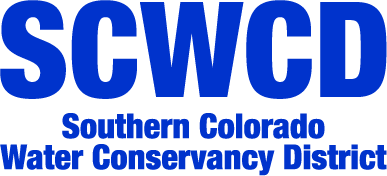The Problem
Drought
In 2022, San Luis Valley farmers completed a potato harvest for the record books, but unrelenting drought created problems of record magnitude for growers. Since 2002, below average precipitation has decimated groundwater levels in the unconfined aquifer of the Rio Grande Basin – the result drought and record low streamflows in the river. Declining groundwater levels has caused the State of Colorado to issue an ultimatum to irrigators in the San Luis Valley: create a more sustainable use of groundwater in the Valley or irrigation wells will be shut off by 2031 or sooner.
Year 1967 & Today
In 1967, the Rio Grande Water Conservation District was formed to “protect, enhance, and develop water resources in the Rio Grande River basin.” In 2006, Subdistrict #1 of the Rio Grande Water Conservation District was created to mitigate rapidly declining groundwater levels caused by prolonged drought and increased groundwater pumping. Subdistrict #1 has strived to develop sustainable solutions to the groundwater problem but increasing annual assessments have caused a group of vegetable producers in the northern part of the San Luis Valley to pursue their own pathway to groundwater sustainability.
Today – “It’s no secret that we are at a critical moment for the future of the San Luis Valley, as the shallow unconfined aquifer’s water level continues to drop at a dangerous rate,” stated Asier Artaechevarria, President of the newly formed Southern Colorado Water Conservancy District. “Decisive action is required now before groundwater use is drastically limited by the State, and the way of life for residents of the San Luis Valley, where agriculture is the driving economic force, is threatened.”
